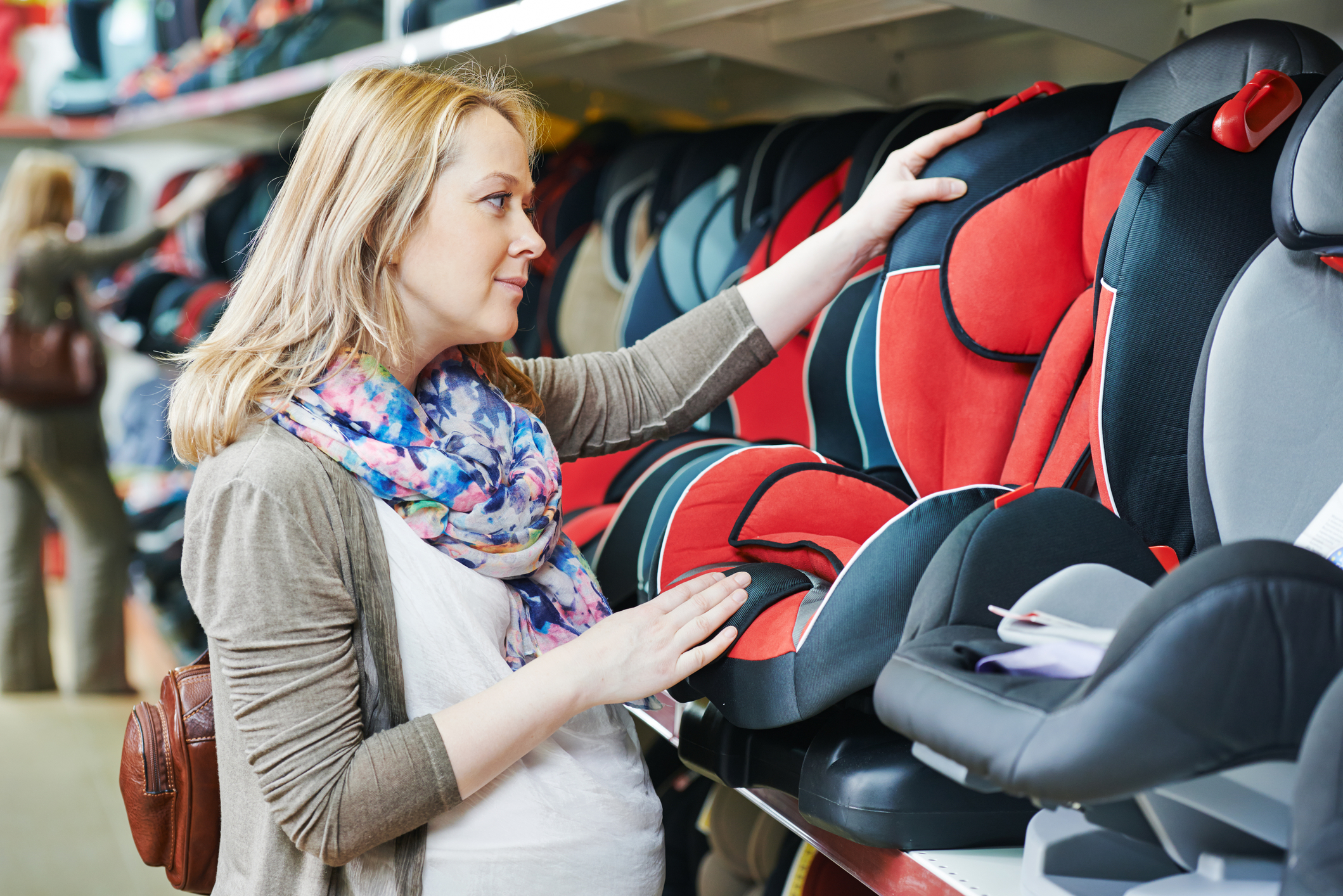Steps for Protecting Our Littlest Passengers

Child safety seats are both an investment and a necessity. Knowing what to look for, when to replace and how to use make all the difference if you and your child are ever in a collision.
“Many people have the best intentions but still have the wrong size seats or haven't installed them quite correctly," said Chris Cochran of the California Office of Traffic Safety. “Even if you're the most well-meaning, well-educated parent, you still have a good chance of not doing this the right way without proper training.”
Unlike toys and jackets, child safety seats shouldn’t be a hand-me-down. Wear and tear degrade the restraints over time, while others may rely on obsolete technology. Officials also recommend parents replace their child’s car seat after a moderate or severe collision.
OTS places child restraints in one of four categories based on what they do and who should use them.
Stage 1: Rear-facing seats. For newborns and infants, these car seats should tilt the child’s head to a 45-degree angle for comfort and safety. Keep the harness tight so a sudden stop or crash doesn’t jostle them too much. Don’t rush to graduate the little one from the rear-facing seat until they outgrow it. A loose-fitting restraint provides minimal benefit.
Stage 2: Forward-facing seats: Now they are watching you and the world around by facing the same direction as the driver. Harness straps narrower than a standard seat belt better support a childlike frame. Use the seat until your child grows out of the suggested range for weight and height.
Stage 3: Booster seat: This is for children who have outgrown a forward-facing seat but aren’t quite ready for just a seatbelt. The booster seat raises your young one up so the shoulder strap and lap belt properly support them.
Stage 4: Factory vehicle seat belt: They are tall enough to use the shoulder strap and lap belt properly without a booster seat. They’re a passenger buckled up like everyone else. Stress to them the importance of always wearing a seat belt. It’s good life advice and it should push away thoughts about them being able to drive themselves someday.
Below, California OTS offers suggestions to keep parents informed and their children safe:
- Ask for help: Visit a local safety seat inspection station where a certified technician will inspect the restraint and demonstrate correct installation and use. Inspection stations can be found at www.safercar.gov.
- Don’t rush it: Keep the child in the car seat as long as they fit within the manufacturer’s height and weight requirements.
- Stay current: Register the car or booster seat with the manufacturer so you’ll be informed if there’s ever a recall.